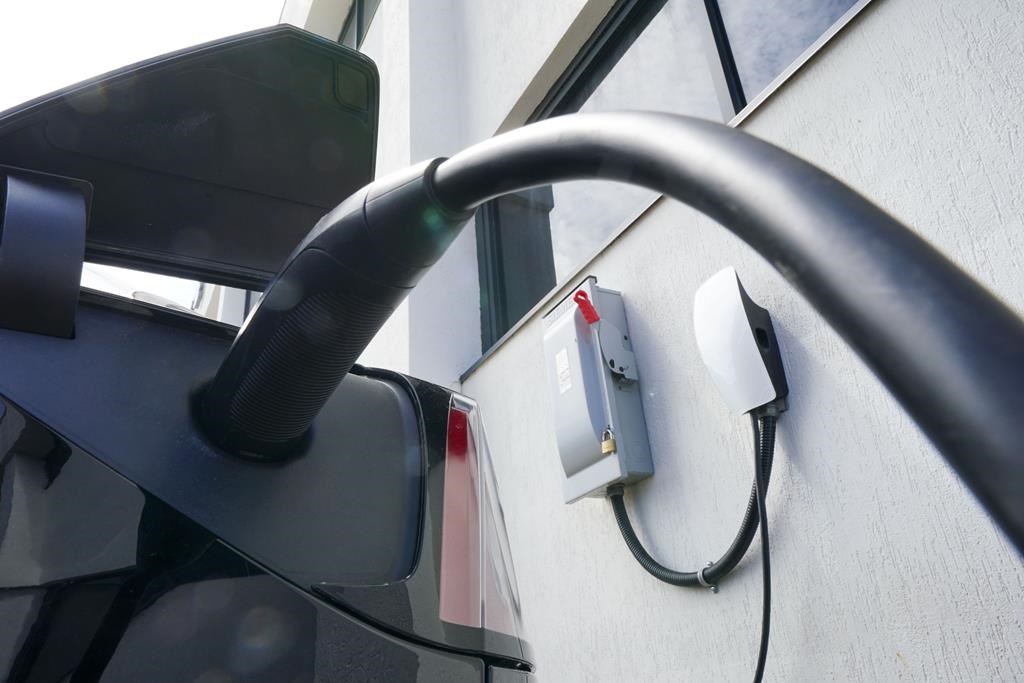Cisco’s fiscal 2nd-quarter performance gives CEO cause for ‘cautious optimism” about economy
Posted February 13, 2013 7:31 pm.
This article is more than 5 years old.
SAN FRANCISCO – Cisco’s latest quarterly report provided further evidence that spending on technology gear is rising modestly in most parts of the world, despite persisting concerns about a still-shaky economy.
The earnings announced Wednesday, covering the fiscal second quarter ending on Jan. 26, exceeded analyst projections for the world’s largest maker of computer networking equipment.
Cisco Systems Inc.’s quarterly performances and forecasts are widely regarded as a way to assess the state of the technology industry.
That’s because the San Jose, Calif., company cuts a broad swath while selling its routers, switches, software and services to corporate customers and government agencies around the world. In addition, Cisco’s fiscal quarters end a month later than most other major technology companies, giving it additional time to assess economic conditions.
Cisco CEO John Chambers, who is respected by investors for being able to predict economic trends, said what he is hearing and seeing from customers is giving him a sense of “cautious optimism.”
“We are starting to see a slow, steady upturn in terms of (the sales) pipeline,” Chambers told analysts during a Wednesday conference call.
Even most of Europe’s troubled economy appears to be recovering, Chambers said, though he expects the southern part of the continent to remain in terrible shape for an extended period. Demand in China is still weak, with product orders from that country declining 4 per cent from the previous year. But Chambers is confident that market is going to recover quickly.
The unwieldy government deficits in the U.S. and Europe loom as Chambers’ biggest worry. “I do believe governments have the potential to trip us up here,” he said.
Reflecting the murky outlook, Cisco sought to ensure that the financial bar for its current quarter, which ends in April, remains relatively low.
Management projected revenue will increase 4 per cent to 6 per cent from last year, assuming a deal to sell its home-networking business closes on schedule next month. Cisco is selling that business, including the Linksys brand, to Belkin, a maker of smartphone cases and computing accessories.
At the mid-point of that range, Cisco’s revenue for the current quarter would be $12.16 billion — about $60 million below analyst forecasts. The company expects adjusted earnings of 48 cents to 50 cents per share, in line with analysts’ predictions.
Investors evidently were hoping Cisco would provide more compelling signs of a resurgent economy, The company’s stock shed 39 cents, or nearly 2 per cent, to $20.74 in extended trading, surrendering some of the recent gains that had propelled the shares to a two-year high earlier this week.
As he nears retirement, Chambers, 63, is trying to establish Cisco as the go-to place for a wide range of technology products and services that help power the Internet, run data centres, deliver video and connect wireless devices.
The diversification appears to be paying off, with Cisco’s data centre, wireless and video service operations all showing robust growth during the most recent quarter. Routers were a sales laggard as revenue from that product declined 6 per cent from a year earlier.
Cisco earned $3.1 billion, or 59 cents per share, during a three-month span ending Jan. 26. That represented a 44 per cent increase from $2.2 billion, or 40 cents per share, in the previous year.
The results for Cisco’s fiscal second quarter received a big boost from tax benefits and credits totalling $926 million, or 17 cents per share. Even without those one-time gains, the company earnings still would have been slightly better than the previous year.
Excluding the tax lift and certain accounting charges, Cisco said it earned 50 cents per share. That was 2 cents per share above the average estimate of analyst surveyed by FactSet.
Revenue edged up 5 per cent to $12.1 billion, in line with analyst forecasts.










